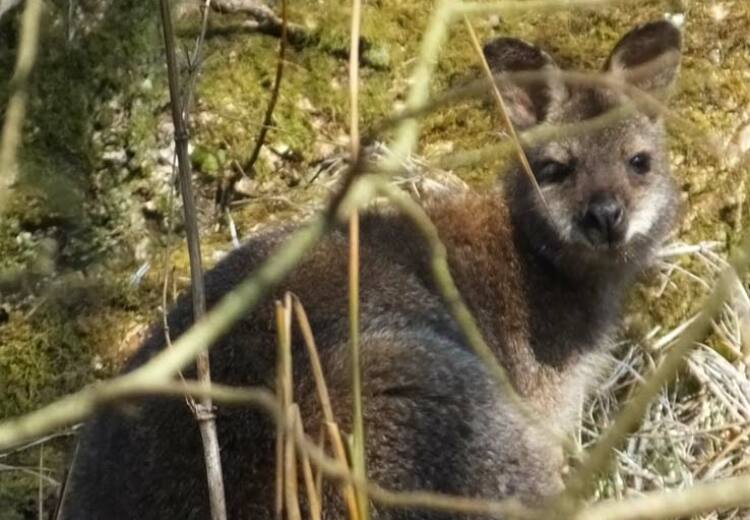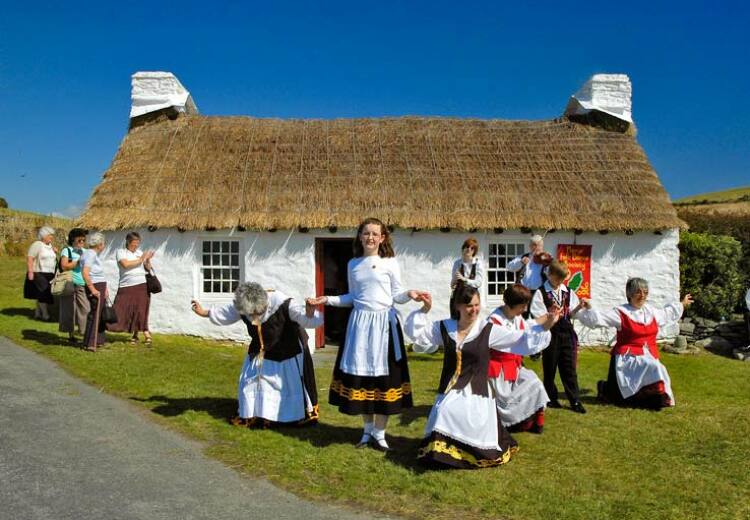ONE of the stargazing highlights of the year in the Isle of Man happens over the coming few days as the Perseid meteor shower brings the opportunity to see large numbers of shooting stars.
The Perseids meteor shower - so-called because it emanates from the constellation Perseus - is one of the two major opportunities each year to see shooting stars. The other major meteor storm peaks in mid December when the Geminids meteor shower hits the northern hemisphere.
Meteors from the Perseids shower can already be seen in the sky as meteors hit the earth’s atmosphere, but the peak is expected on Friday and Saturday high in the north east sky.
Astronomers are advising that the best time to see the shooting stars is in the early morning before dawn, when the moon will not be so bright in the sky, but they are saying that visibility will be hampered by the moon which will be full on Saturday.
In a dark sky it could be expected that there could be sightings of up to 100 meteors an hour, but the moonlight will definitely reduce vision and probably eliminate many of the fainter light shooting stars.
However, the Perseids shower doesn’t just happen over the next few days. It has already been producing shooting stars for several days and will continue after this weekend’s peak. With the moon’s light diminishing from Saturday, there will be better opportunities to see shooting stars, but not in such large numbers.
The Perseids are typically fast, bright and can leave long trails. Occasionally, a spectacular fireball will hit the atmosphere, giving a superb display, even in bright moonlight. However, these are rare sightings.
The meteor storm is caused by falling debris from the Swift-Tuttle comet and hits the earth’s atmosphere every year in mid August. Telescopes or binoculars are not required to see the meteors - the best view is with the naked eye.
The Perseus constellation can be found in the north eastern sky, just below one of the easiest constellations to spot - Cassiopeia, also known as “The Giant W”.








